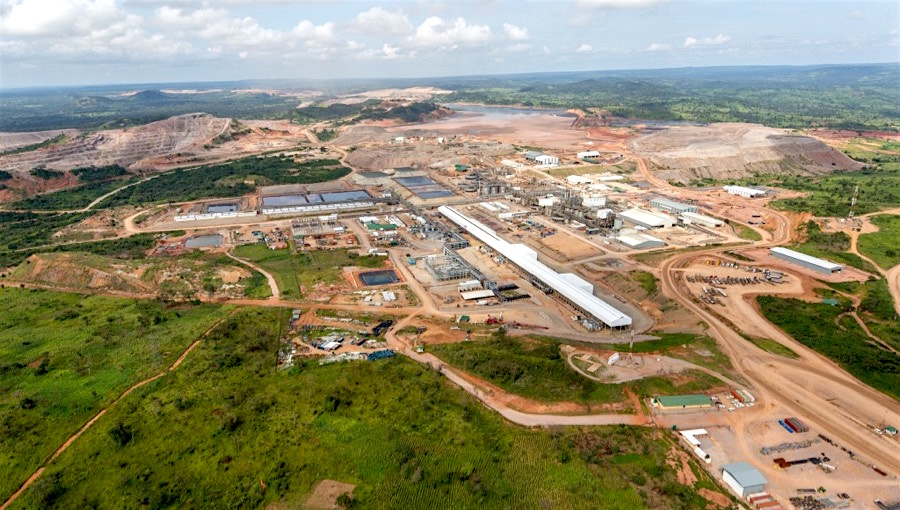In the 1800’s, the United States under President James Monroe invoked the Monroe Doctrine, which stated that any effort by European nations to control any independent state in North or South America would be viewed as “an unfriendly disposition towards the United States.” While the enemies were European superpowers at that time, the circumstances have changed and there are currently other players on the scene. For example, China has become the real influencer in South America, as evidenced by the billions worth of investment either through the purchase of mining and energy company stakes, or outright mine acquisitions.
Yet, the most interesting is the fact that China’s attempts to lock up the world’s mining and energy resources, some of which are critical to the future world economy, are happening without significant opposition from the US or other countries previously subject to the Monroe Doctrine. Chinese firms, in an effort to feed the ‘Middle Kingdom’s’ insatiable appetite for commodities, started to invest wherever possible, the metal industry being no exception. For example, in 2016, Molycorp’s Mountain Pass Mine in California was saved from bankruptcy by a company with ties to the Chinese government. Mountain Pass was the only rare earth mine in the country, which is critical to US military technology.
Now, without a domestic supply, the Americans must rely on Chinese-owned sources of rare earth to build “made in America” military and space equipment. This represents the issue that includes also other minerals – chromium, cobalt, manganese, and platinum group metals – which makes the US dependent on foreign suppliers. Looking at the historical trends, during the Obama administration and also his predecessors in the White House, the United States has deliberately hamstrung itself when it comes to losing its control over strategic minerals
As for the Trump administration, it has taken a welcome step in the right direction, issuing a directive that aims to identify new domestic sources of strategic metals. However, the access to acquisitions, joint ventures or off-take agreements, to the materials of the future that are essential in the making of smartphones, computers, military equipment, and renewable energy technologies remains unchanged. This makes the US unlikely to break free from its metallurgical dependence.
On the contrary, China builds metal hegemony all over the world. In Argentina, for example, China partnered with the Barrick, the world’s biggest gold producer. Venezuela and Brazil opened up the door for Chinese investments due to their dire socio-economic situation. Another example would be the Chinese attempt to lock up lithium supply contracts by various investments in Chile, Australia, or Mexico. In terms of copper, massive Chinese imports concentrate from both world-leading copper nation Chile and less prolific red metal producer Peru have both further increased in the past couple of years.
Moreover, China has long wanted to reduce the dominance of the US dollar in commodities markets, and its strategy is to launch a crude oil futures contract priced in yuan and convertible into gold. The yuan-denominated oil futures will allow exporters like Russia and Iran to avoid US economic sanctions and circumvent the US dollar. This may allow China, both through its enormous purchasing power, and its financial muscle that allows it to make substantial investments in mining and energy resources overseas, to assume a position of world dominance in the commodities markets.
‘How China is Locking Up Critical Resources in the US’s Own Backyard’ – Analysis by Richard Mills – Mining.com.
(The Analysis can be downloaded here)




